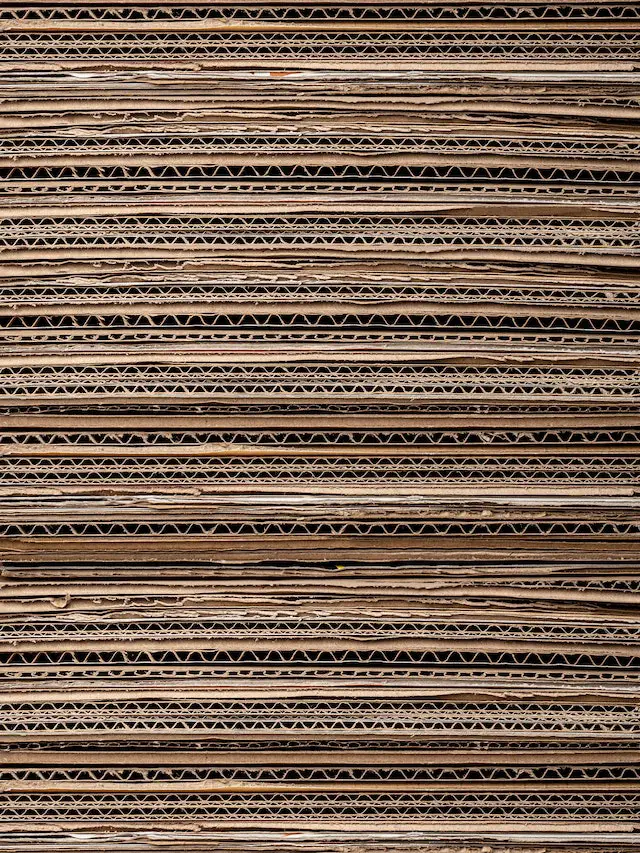
Once upon a time not long ago, “paper or plastic”, was the question consumers faced at the end of their grocery check out process. That is until, retailers made the decision to only offer plastic all because they wanted to save more money. Now, due to the long term ecological effects of plastics coupled with global warming, everybody is trying to reverse course in some way. Many stores have created their own version of reusable bags while others, are doing away with plastic complete and are going back to paper otherwise known as sustainable packaging. When it comes to sustainable packaging materials, cardboard takes the spotlight.
Not only is it versatile and cost-effective, but cardboard also offers numerous environmental benefits. From its renewable source to its recyclability, cardboard plays a crucial role in reducing waste and promoting a greener future. Lets explore the environmental benefits of cardboard and learn why it is a sustainable solution worth embracing.
Renewable and Biodegradable
Cardboard is made from wood pulp, a renewable resource derived from trees. Forests, when managed sustainably, provide an abundant supply of raw materials for cardboard production. Additionally, cardboard is biodegradable, meaning it naturally breaks down over time without leaving harmful residues in the environment.
Recyclable and Circular Economy
One of the major environmental benefits of cardboard is its recyclability. Cardboard can be easily recycled into new paper products or packaging materials, reducing the need for virgin materials and minimizing waste. Recycling cardboard helps conserve natural resources, reduce energy consumption, and lower greenhouse gas emissions.
Reduced Landfill Waste
By using cardboard and recycling it properly, we can significantly reduce the amount of waste sent to landfills. When cardboard is landfilled, it decomposes anaerobically, producing methane, a potent greenhouse gas. By diverting cardboard from landfills through recycling, we can mitigate its environmental impact and contribute to a cleaner environment.
Lightweight and Efficient Packaging
Cardboard’s lightweight nature makes it an efficient packaging material. It requires less energy to transport compared to heavier alternatives, reducing fuel consumption and associated greenhouse gas emissions during shipping. Furthermore, its durability protects goods during transit, reducing product damage and minimizing waste.
Sustainable Forestry Practices
Many cardboard manufacturers follow sustainable forestry practices, ensuring that the trees used for production are responsibly harvested and replanted. These practices help maintain healthy forests, preserve biodiversity, and protect wildlife habitats. By supporting sustainably sourced cardboard, we can contribute to the conservation of our natural ecosystems.
Energy and Water Savings
Producing cardboard requires less energy and water compared to alternative packaging materials like plastic or metal. The manufacturing process for cardboard consumes fewer resources, resulting in lower environmental impacts. Additionally, advancements in production technology have further reduced energy and water usage, making cardboard even more sustainable.
Versatility and Repurposing
Cardboard’s versatility extends beyond packaging. It can be repurposed and upcycled into various creative and functional items, such as furniture, organizers, and crafts. By giving cardboard a second life through repurposing, we extend its usefulness, reduce waste, and embrace a more sustainable approach to consumption.
Cardboard is more than just a packaging material—it’s an environmentally friendly solution that offers numerous benefits. From being renewable and biodegradable to its recyclability and potential for repurposing, cardboard contributes to waste reduction, energy savings, and a greener future. By choosing cardboard and participating in its proper recycling, we can all play a part in protecting the environment and creating a more sustainable society.

